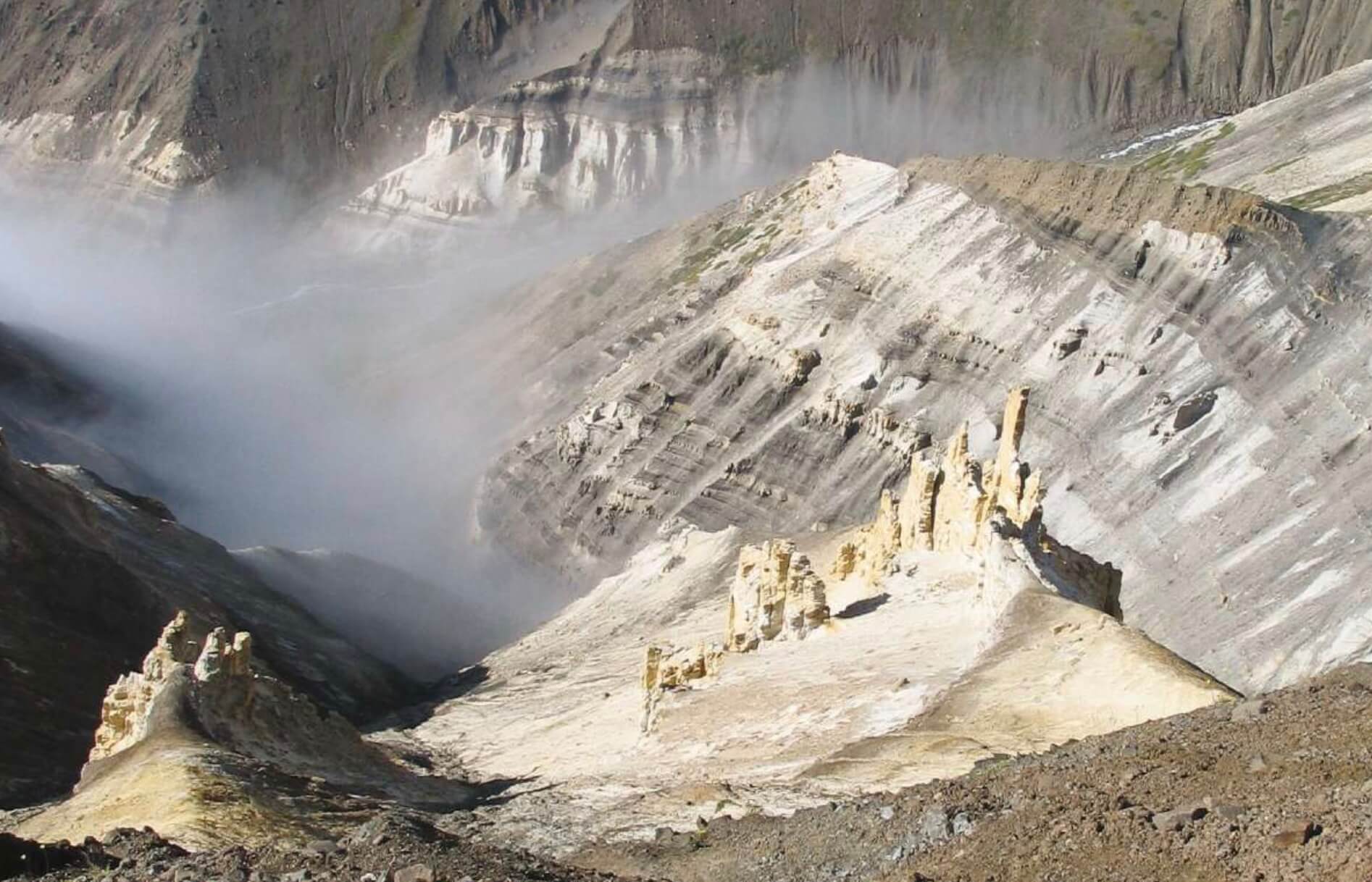
How to Cite
Share
Abstract
The Nuussuaq Basin is the only exposed Cretaceous–Paleocene sedimentary basin in West Greenland and is one of a complex of linked rift basins stretching from the Labrador Sea to northern Baffin Bay. These basins developed along West Greenland as a result of the opening of the Labrador Sea in Late Mesozoic to Early Cenozoic times. The Nuussuaq Basin is exposed in West Greenland between 69°N and 72°N on Disko, Nuussuaq, Upernivik Ø, Qeqertarsuaq, Itsaku and Svartenhuk Halvø and has also been recorded in a number of shallow and deep wells in the region. The sediments are assigned to the more than 6 km thick Nuussuaq Group (new) which underlies the Palaeogene plateau basalts of the West Greenland Basalt Group. The sediment thickness is best estimated from seismic data; in the western part of the area, seismic and magnetic data suggest that the succession is at least 6 km and possibly as much as 10 km thick. The exposed Albian–Paleocene part of the succession testifies to two main episodes of regional rifting and basin development: an Early Cretaceous and a Late Cretaceous – Early Paleocene episode prior to the start of sea-floor spreading in mid-Paleocene time. This exposed section includes fan delta, fluviodeltaic, shelfal and deep marine deposits.
The Nuussuaq Group is divided into ten formations, most of which have previously been only briefly described, with the exception of their macrofossil content. In ascending stratigraphic order, the formations are: the Kome Formation, the Slibestensfjeldet Formation (new), the Upernivik Næs Formation, the Atane Formation (including four new members – the Skansen, Ravn Kløft, Kingittoq and Qilakitsoq Members – and one new bed, the Itivnera Bed), the Itilli Formation (new, including four new members, the Anariartorfik, Umiivik, Kussinerujuk and Aaffarsuaq Members), the Kangilia Formation (including the redefined Annertuneq Conglomerate Member and the new Oyster–Ammonite Conglomerate Bed), the Quikavsak Formation (including three new members: the Tupaasat, Nuuk Qiterleq and Paatuutkløften Members), the Agatdal Formation, the Eqalulik Formation (new, including the Abraham Member), and the Atanikerluk Formation (including five members: the Naujât, Akunneq (new), Pingu (new), Umiussat and Assoq (new) Members).
How to Cite
Share
Copyright (c) 2009 Gregers Dam, Gunver Krarup Pedersen, Martin Sønderholm, Helle H. Midtgaard, Lotte Melchior Larsen, Henrik Nøhr-Hansen, Asger Ken Pedersen

This work is licensed under a Creative Commons Attribution 4.0 International License.
Supplementary Files
- Colophon, contents, abstract, preface, introduction, previous work, geological setting
- Nuussuaq Group, Kome, Slibestensfjeldet and Upernivik Næs Formations
- Atane Formation with four members and a bed
- Itilli Formation with four members and Kangilia Formation with a member and a bed
- Quikavsak Formation with three members, Agatdalen Formation and Eqalulik Formation with a member
- Atanikerluk Formation with five members – Acknowledgements
- References, Appendix with place names and localities
- Legend to sedimentary logs, except where indicated otherwise
- Measured section through the Itilli Formation
- Correlation of measured sections in the Agatdalen area
Downloads
Gregers Dam, Gunver Krarup Pedersen, Martin Sønderholm, Helle H. Midtgaard, Lotte Melchior Larsen, Henrik Nøhr-Hansen and Asger Ken Pedersen
The Nuussuaq Basin contains several kilometres of siliciclastic sediments overlain by a thick pile of volcanic rocks. The sediments, which are exposed on Disko, Nuussuaq, Upernivik Ø, Qeqertarsuaq and Svartenhuk Halvø in [...]









